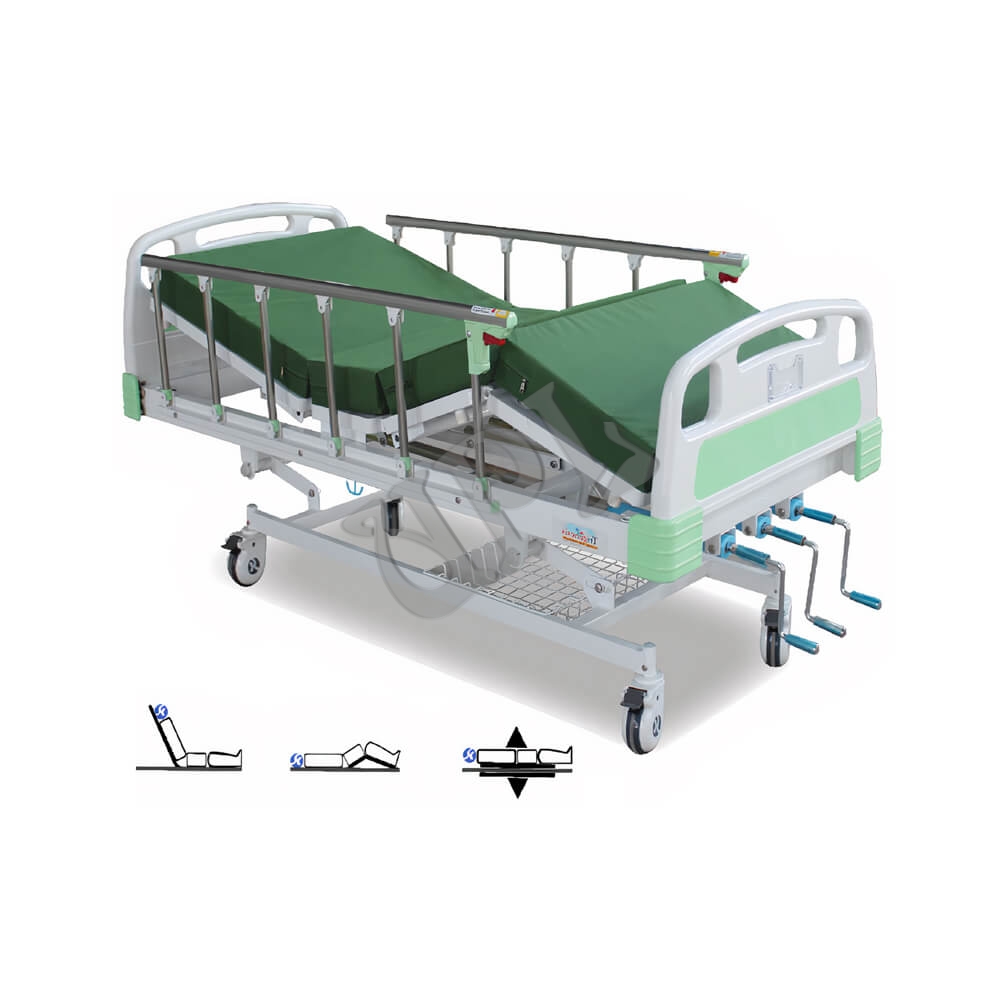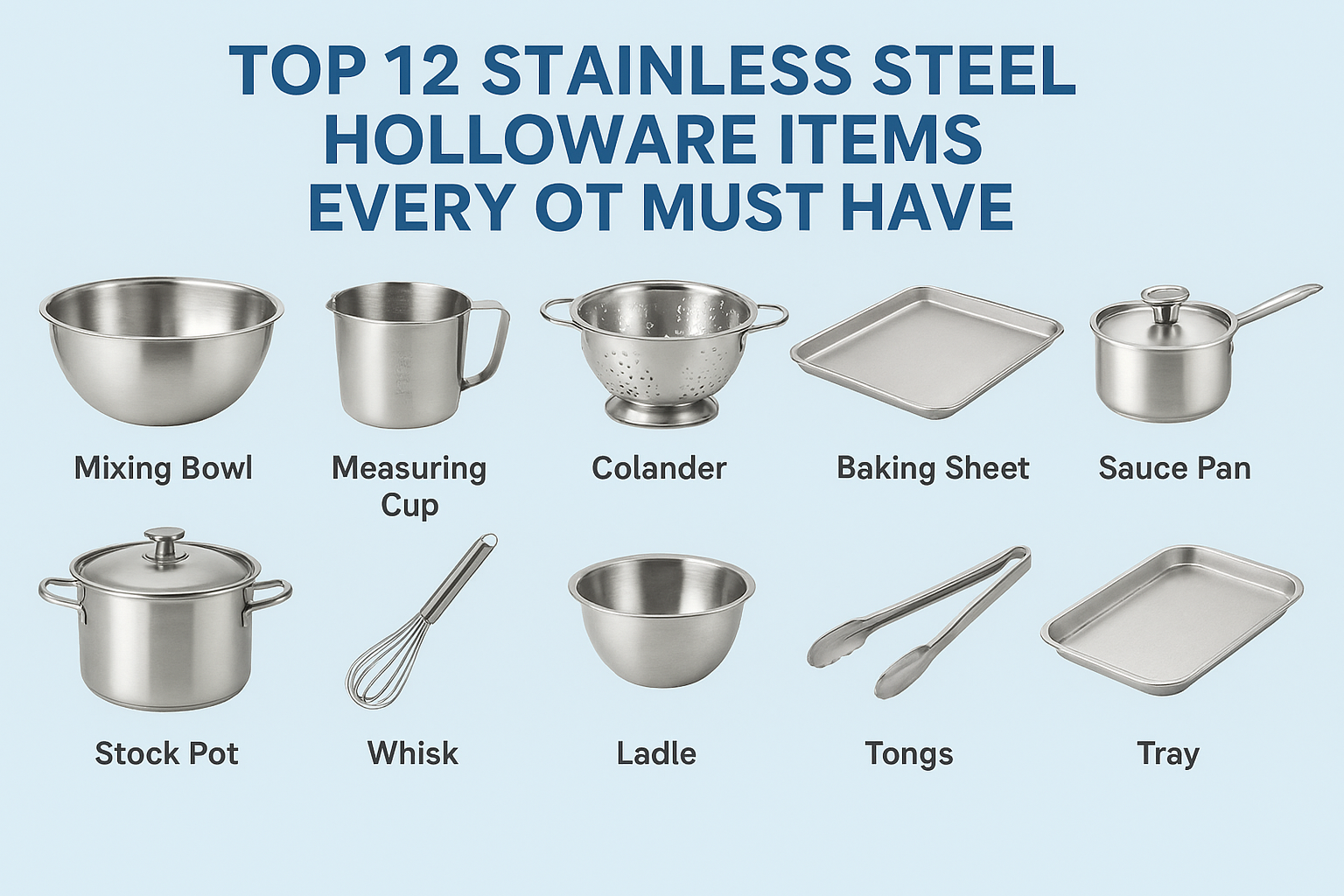Choosing the correct hospital bed is an important decision when it comes to delivering best care for patients in healthcare institutions. Several variables influence which bed is most suited for a certain situation. This article will go over the many types of hospital beds, the ideal bed-to-population ratio, bed sizes, materials utilised, and critical aspects to consider throughout the choosing process.
What are the types of hospital beds?
Hospital beds are not one-size-fits-all; they come in a variety of styles tailored to accommodate the demands of individual patients. The most common types include:
- Manual Hospital Beds:These beds are manually controlled, necessitating physical effort to alter the height and position. Manual beds are inexpensive and ideal for establishments on a tight budget.
- Electric Hospital Beds:Electric beds are convenient to use since they include motorised controls for altering the height and position. They are particularly useful for those with restricted mobility.
- Bariatric Hospital Beds:Bariatric beds are designed for bigger people and have extra width and weight capacity to promote comfort and safety.
- Pediatric Hospital Beds:These beds are expressly intended to meet the specific needs of youngsters, with features such as bright colours and safety rails.
- Low Hospital Beds:Low beds are closer to the ground, which lowers the chance of harm from falls. They are frequently used for individuals who are at danger of falling or who have mobility difficulties.
How many hospital beds per 10,000 people?
The number of hospital beds per 10,000 inhabitants is an important indicator of a region’s healthcare infrastructure. To provide appropriate healthcare coverage, the World Health Organisation (WHO) recommends a minimum of five beds per 10,000 inhabitants. However, the optimal ratio may vary depending on factors such as the incidence of chronic illnesses, population demographics, and the effectiveness of the healthcare system.
Understanding and fulfilling this ratio is critical for ensuring that a community has the healthcare resources it needs to address ordinary medical requirements as well as possible surges in demand, such as during a public health crisis.

What size are hospital beds?
Hospital bed sizes are standardized to ensure consistency and compatibility with medical equipment. The most common sizes include:
- Twin Size (38 inches by 75 inches):
- A standard size suitable for individual patient use.
- Full Size (53 inches by 75 inches):
- Slightly wider than the twin size, providing more space for patient comfort.
- Queen Size (60 inches by 80 inches):
- Larger beds for accommodating patients with specific medical requirements or those who need extra space.
Understanding the various sizes is critical, especially given the diverse patient population at healthcare institutions.
What materials are used in hospital beds?
Hospital beds are constructed using materials that prioritize durability, cleanliness, and patient comfort. Common materials include:
- Steel:The frame of many hospital beds is made of steel for sturdiness and longevity.
- ABS Plastic:Often used for bed panels and rails due to its lightweight nature and ease of cleaning.
- Foam Mattresses:Provide comfort and pressure relief for patients, with some featuring specialized designs for preventing bedsores.
- Anti-Microbial Coatings:Beds may have coatings or materials with anti-microbial properties to enhance infection control measures.
Understanding the materials used ensures that the chosen hospital bed satisfies hygienic regulations, is easy to clean, and offers patients with a comfortable atmosphere.
Factors to Consider
- Patient Needs:Tailor the bed choice to the specific needs of the patients, considering factors such as mobility, weight, and medical conditions.
- Facility Budget:Balance the features required with the available budget, exploring cost-effective options without compromising on quality.
- Staff Accessibility:Electric beds may be more suitable for facilities with a high patient turnover, minimizing the physical strain on healthcare providers.
- Infection Control:Prioritize beds with features that facilitate easy cleaning and reduce the risk of infections, especially in high-risk healthcare settings.
- Regulatory Compliance:Ensure that selected beds adhere to regulatory standards and guidelines, promoting patient safety and legal compliance.
Choosing the best hospital bed is a complex decision that needs careful consideration of several criteria. Healthcare facilities may make educated decisions that prioritise patient well-being and assist effective medical care delivery by knowing the types, ratios, sizes, and materials related with hospital beds.
Also read
What is the difference between an ICU bed and a regular hospital bed?






